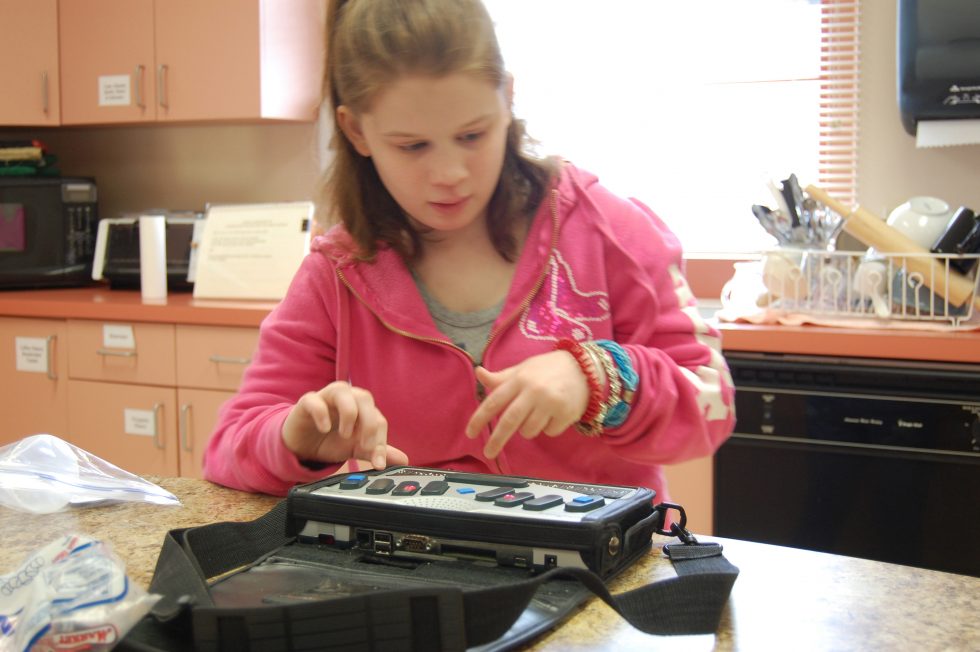
The Federal Act to Promote the Education of the Blind
The Federal Act to Promote the Education of the Blind was enacted by Congress in 1879. This act is a means for providing adapted educational materials to eligible students meeting the blindness. An annual registration of eligible students determines a per capita amount of money designated for the purchase of educational materials. These materials are produced by the American Printing House for the Blind (APH).
Funds are credited to Federal Quota accounts. These accounts are maintained and administered by APH and its Ex-Officio Trustees throughout the country. New Hampshire’s Ex-Officio Trustee is Mary Lane at the New Hampshire Department of Education for the Early Supports and Services Program and school age children. Daniel Frye is New Hampshire’s Ex-Officio for the Adult Population.
 Federal Quota Accounts
Federal Quota Accounts
A Congressional appropriation, designated to provide educational materials for students who meet the definition of blindness, is made each October in the federal budget. This allotment is divided by the total number of eligible students and clients in educational or instructional programs at less than college levels on the first Monday of the preceding January.
This division results in a per capita amount that is then multiplied by the number of registered students in each Federal Quota account. This amount is credited to each respective account. This establishes each account’s “quota” for the federal fiscal year. The money from the federal appropriation is deposited in a bank account separate from all other monies handled by APH.
A wide variety of specially designed and adapted materials are available from APH. Products are available on a loan basis in each area of the core curriculum and expanded core curriculum, such as:
- English and Language Arts
- Mathematics
- Science and Health
- Social Studies
- Fine Arts
- Vocational Education
- Physical Education
- Communication Modes and Literacy
- Sensory Efficiency and Low Vision
- Orientation and Mobility
- Assistive Technology
- Career Education and Transition
- Self Determination
- Daily Living and Social Interaction
- Recreation and Leisure
- Embossers
There is no age limitation. The count includes infants, school-aged students, home-schooled students, and adults. To be eligible for registration in the Federal Quota Program, they MUST be enrolled in a school or training program and meet the following requirements:
 Functionality:
Functionality:
Meet the Definition of Blindness (MDB) or Function at the Definition of Blindness (FDB)
- Meet the Definition of Blindness (MDB) – a central visual acuity of 20/200 or less (using a Snellen chart or an acuity determined in Snellen equivalents) in the better eye with the best correction or a peripheral field of vision no greater than 20 degrees
- Function at the Definition of Blindness (FDB) – when visual function meets the definition of blindness as determined by an eye care specialist (ophthalmologist or optometrist) or other medical doctor such as a neurologist. Students in this category manifest unique visual characteristics often found in conditions referred to as neurological, cortical, or cerebral visual impairment (e.g., brain injury or dysfunction).
The following documents must be on file at the child’s school:
- Written Individual Education, 504, or Individual Family Service Program
- Parent/Guardian Consent Form or Adult Consent Form
- Current Eye Report
If you have questions about the APH Federal Quota Program, please contact your local school district’s special education director or your child’s teacher of the visually impaired.

